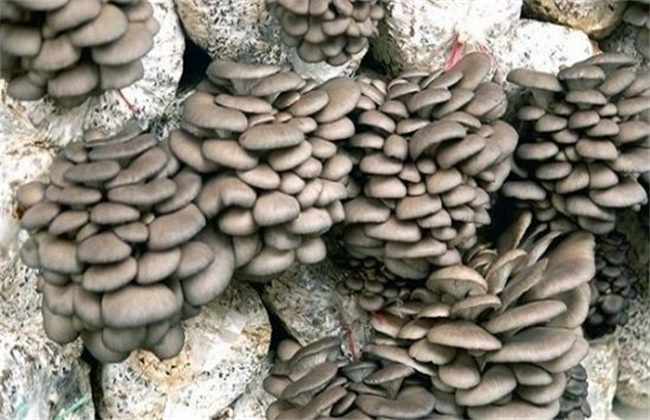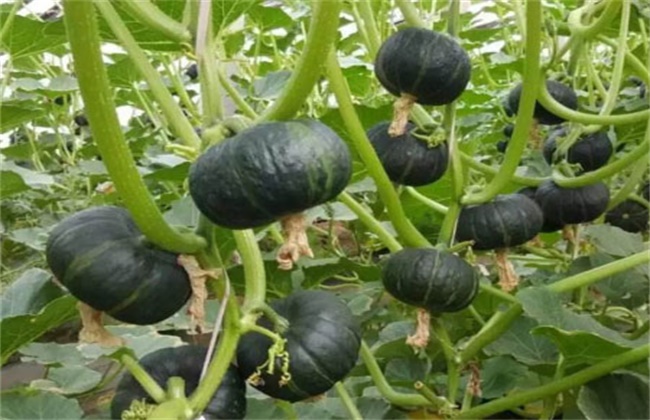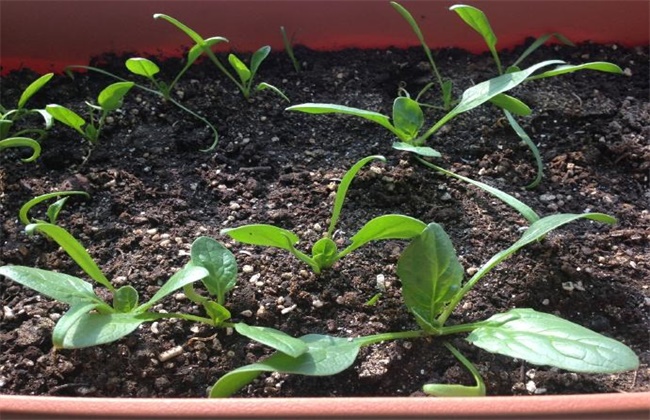Key points of cultivation and Management of Pleurotus ostreatus in Winter
Pleurotus ostreatus is one of the common edible fungi in daily life. Autumn and winter is the production season of Pleurotus ostreatus. At this time, the management directly affects its yield, quality and income. So how to manage cultivation at this time? Let's take a look at the key points of cultivation and management of Pleurotus ostreatus in winter.

1. The light should be strong, not weak.
Light is not only an important way to increase greenhouse temperature in winter, but also an important way to increase yield and improve the quality of mushroom production. Light intensity should be determined according to the heat preservation and climate change of the greenhouse. If the heat preservation performance of the shed is good, and the temperature can be maintained above 5 degrees at night, then the grass cover can be uncovered early and late to extend the daytime lighting time as much as possible; otherwise, the daytime lighting time should be shortened. Light intensity directly affects the yield and quality of Pleurotus ostreatus. In the greenhouse with strong light, the fruit body of Pleurotus ostreatus is darker, the leaves are thicker, the toughness of mushroom slices is good, and the yield can be increased by about 20%.
2. Less water, not more water
The air temperature is low in winter, the evaporation of ground and culture materials in the greenhouse is less, the respiration of mycelium is reduced, and the water consumption is also reduced correspondingly. In addition, it is mainly heat preservation in winter, and the greenhouse is often closed, so it is difficult to emit water vapor. Therefore, in winter, the greenhouse should spray less water, not too much, and the mushroom shed with large space, less bacterial sticks or better ventilation and higher temperature should be sprayed once a day in 1-2 days and once in 3-4 days. Spraying can not close the shed water, "this will cause the film to roll up, or even wither and die, causing physiological diseases."
3. Ventilation should be diligent and not large.
Ventilation can increase the oxygen content in the shed, but at the same time, cold air will also enter the shed to reduce the temperature, so in winter to ensure that there is enough oxygen in the shed to reduce the ventilation time as much as possible. The mushroom shed with good ventilation should be ventilated in a short time, that is, ventilation 3-4 times a day, 30 minutes each time, and vice versa, ventilation should be 8-10 times, 20 minutes each time.
4. Heating should be cheap rather than extravagant
Temperature is an important factor affecting the production and normal growth of young buds of Pleurotus ostreatus in winter. if the greenhouse temperature is too low or the temperature difference is too small, it is difficult to form mushroom buds. After budding, the greenhouse temperature is too low, the fruiting body basically stops growing and does not differentiate, and deformed mushrooms will be formed in time, and the commodity value is low. Therefore, appropriate heating is needed after the formation of apple mushroom buds, and the greenhouse temperature should be kept above 5 degrees to facilitate heat preservation and enlarge the temperature difference, so as to promote the formation of mushroom buds. After budding, the greenhouse temperature should be controlled at about 8 ℃ to ensure the normal growth of fruit bodies.
The above is the introduction of winter cultivation and management of Pleurotus ostreatus. I hope it can help you. If you want to know more about it, please pay attention to us.
Related
- Where is it suitable to grow horseradish in China? it is expected to see the middle altitude horseradish in Alishan.
- How to prevent tomato virus disease reasonably? (Control methods included)
- Many people like to plant towel gourd on the balcony. What are the main points of this method and management?
- What crops can chili peppers be mixed with?
- Fertilization techniques and matters needing attention in Tomato
- What are the grafting techniques for peach seedlings in spring?
- Harm and control methods of root swelling disease of Chinese cabbage
- What are the pests of sweet potatoes? How to prevent and cure it?
- Symptoms, causes and Control methods of navel Rot in Tomato
- The cause of "Cucumber rotten bibcock" in Farmers' planting Cucumber and its Control Plan



